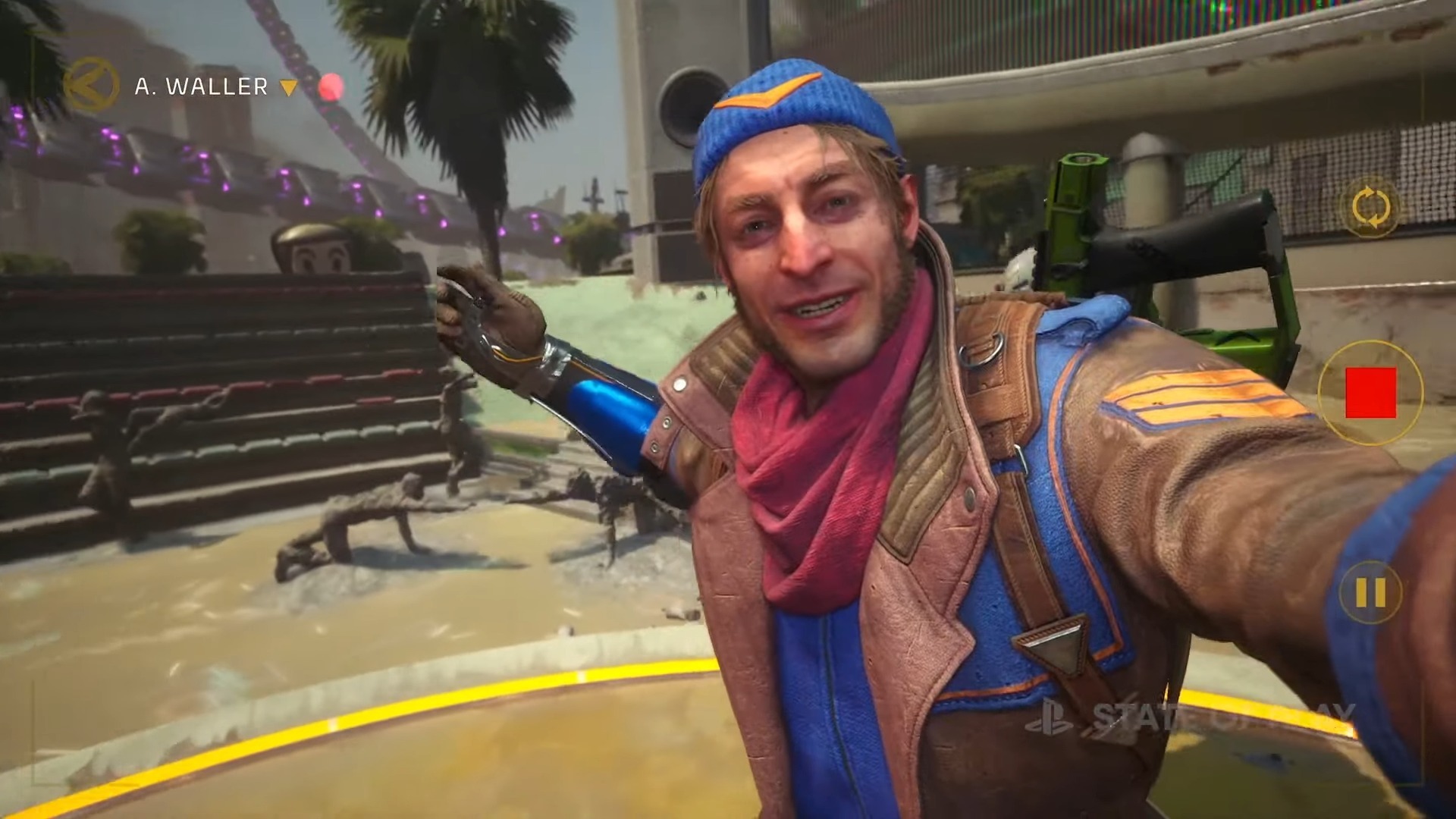
Suicide Squad: Kill the Justice League has endured a chequered pre-launch journey so far. Helmed by Batman Arkham series creator, Rocksteady Studios, much was said upon the game's reveal about where the esteemed developer might steer this new slant on the DC universe. With four playable characters – otherwise ascribed supervillain roles elsewhere in this world's overarching lore – as well as online co-op, fans speculated about how Kill the Justice League could build on the foundations laid by the devs' Arkham Asylum (2009), Arkham City (2011) and Arkham Knight (2015); and how this cast of ragtag rapscallions might provide more comedic latitude along the way.
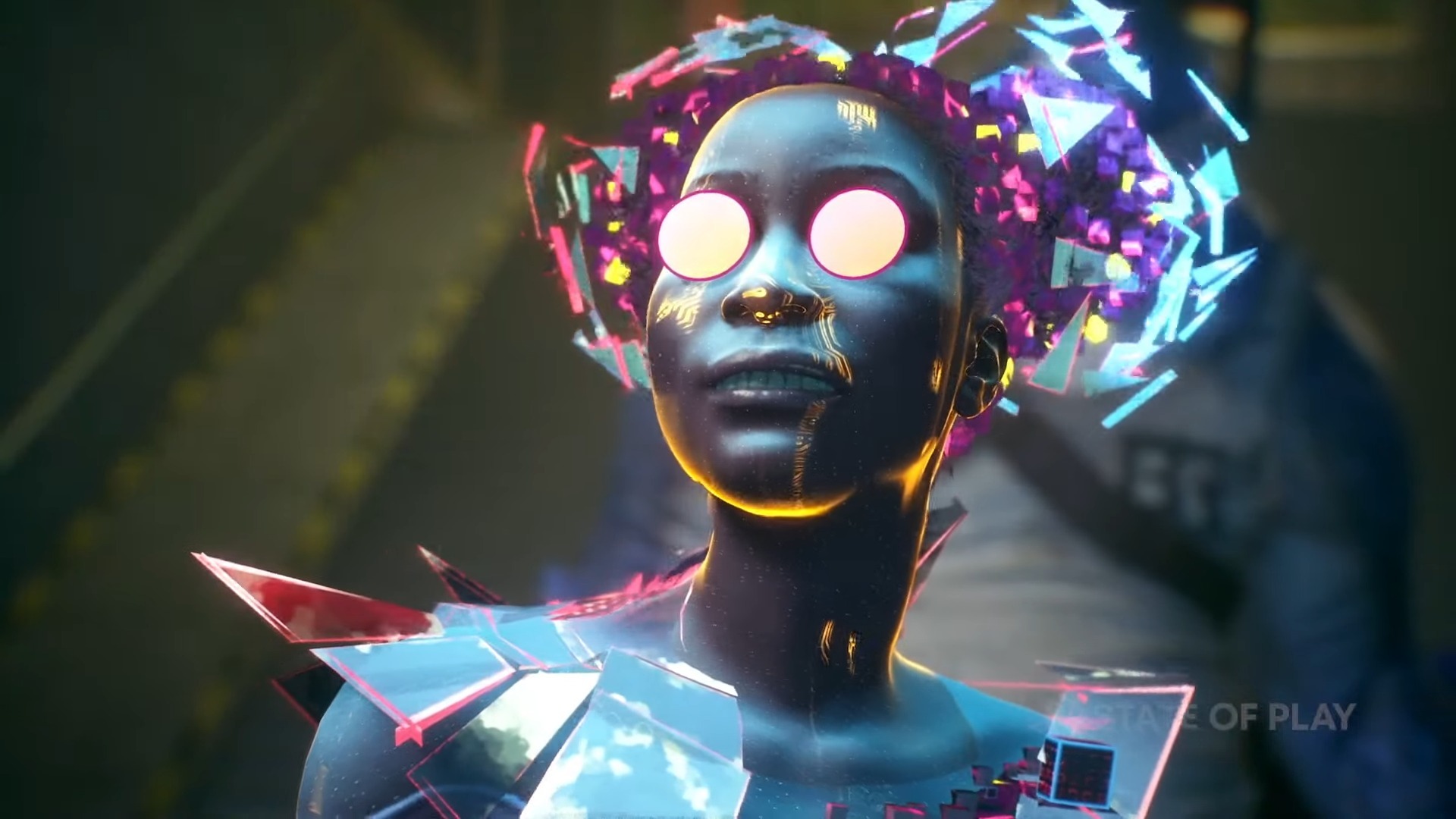
Suicide Squad: Kill the Justice League revealed at DC FanDome
A string of delays may have hinted at early problems behind the scenes – Suicide Squad: Kill the Justice League featured in GamesRadar's own Big In 2022 and Big In 2023 start-of-year celebrations as a result – but it wasn't until earlier this year that would-be players became noticeably concerned with Rocksteady's next anticipated project. The Suicide Squad game doesn't look bad, but it's impossible to be excited after Avengers and Gotham Knights, said my GR+ colleague Dustin Bailey at the time, reflecting on confirmation of battle passes and gear scores during a Sony State of Play showcase in February.
Shortly after that, Suicide Squad: Kill the Justice League was again delayed, with the devs requiring more time to deliver "the best quality experience". Now, ahead of the game's proposed February 2, 2024 launch, Rocksteady has kicked off a new video series that aims to dig into what we can expect in greater detail.
The big question, however, is: in the time that's passed, does Kill the Justice League look any less like the always-online, loot-driven, live-service game that cautiously poked its head above the parapet last year?
Strap in
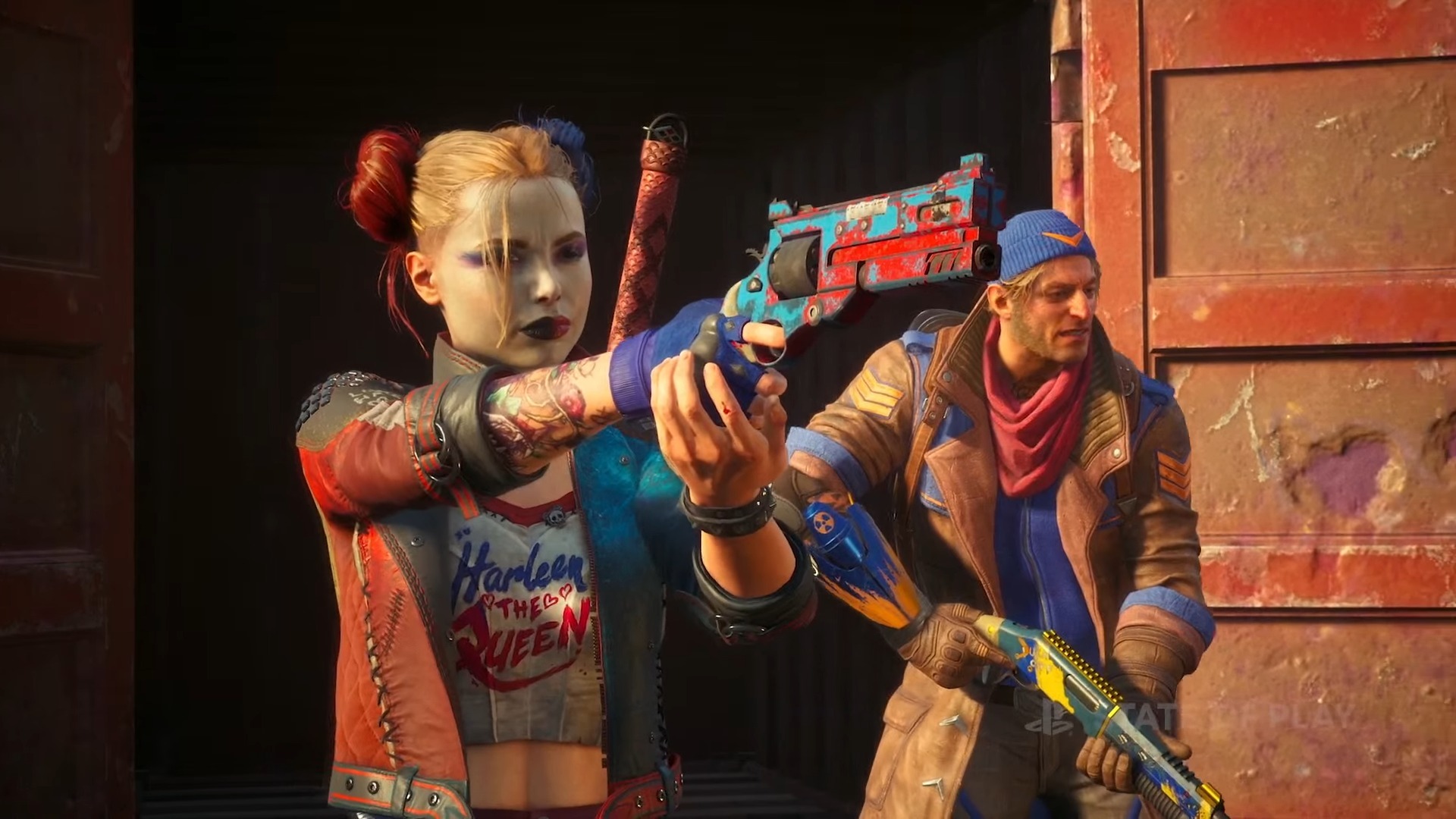
"All of which isn't to say: I'm not put off by Suicide Squad: Kill the Justice League. In fact, I'm still as intrigued as ever."
Named 'Suicide Squad Insider', the first episode of the new video series focuses on story and gameplay. I've watched and re-watched it a couple of times – 20 or so minutes of in-game footage, complemented by talking heads and in-game cinematics – and I still can't answer the above question with any degree of certainty.
The cinematics, for example, look stunning. The facial animations and idiosyncratic movements of this Suicide Squad's quartet of Harley Quinn, Deadshot, Captain Boomerang, and King Shark are among the best I've seen – even compared to likes of Peter Parker and Miles Morales in Marvel's Spider-Man 2. This won't be the last time I'll draw comparisons between Insomniac's best-in-class superhero game, but I'll do everything I can to be fair in placing them side-by-side.
In combat, Kill the Justice League looks fast and furious, with some tweaked Arkham-inspired features returning, such as a reimagined take on the Arkham counter system. Combat definitely looks more floaty than what we became used to in the Batman Arkham games, granted – but I'm willing to put some of that down to the fact that high-stakes, parkour-fueled and gravity-defying traversal plays such a key role in movement here. What I'm less ready to overlook, on the other hand, is how empty the city of Metropolis seems. It looks huge, sure, with plenty of peaks and troughs clearly designed to encourage vertical offense, but from what we've seen so far it looks pretty devoid of life and character.
Not only does this seem at odds with the charismatic bad guys and momentarily evil good guys whose journeys we're following here, but it also flies in the face of the Arkham series' settings, and, indeed, the Marvel's Spider-Man games. From Arkham Asylum to the wider Arkham City, as well as NYC as it appears in Spidey's first and second ventures, lively locations have always been a central tenet of the best superhero games. It's said to the point of cliche, but, for me, rightly so: a good video game setting can become as much a central character as any game's protagonist themselves.
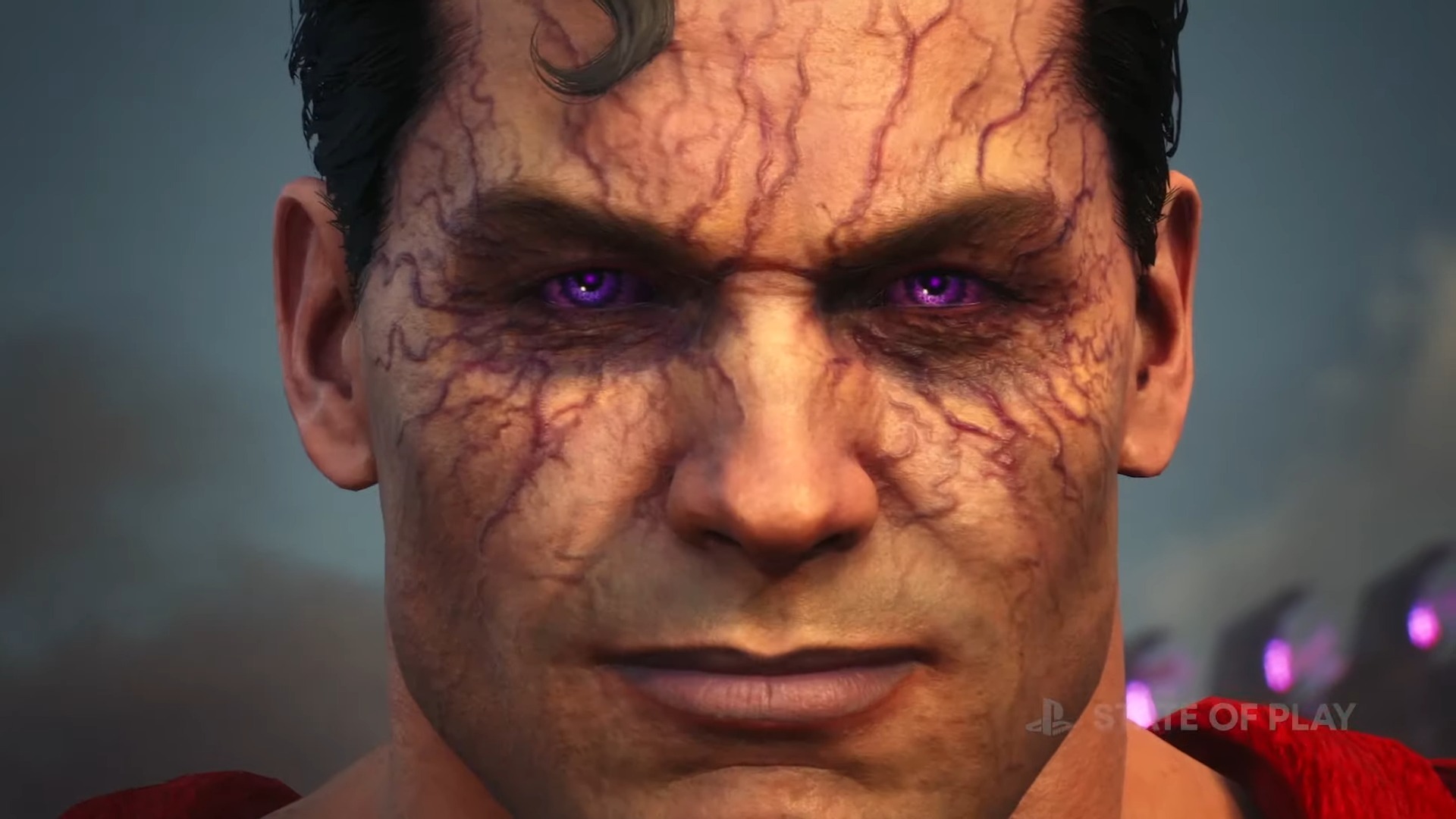
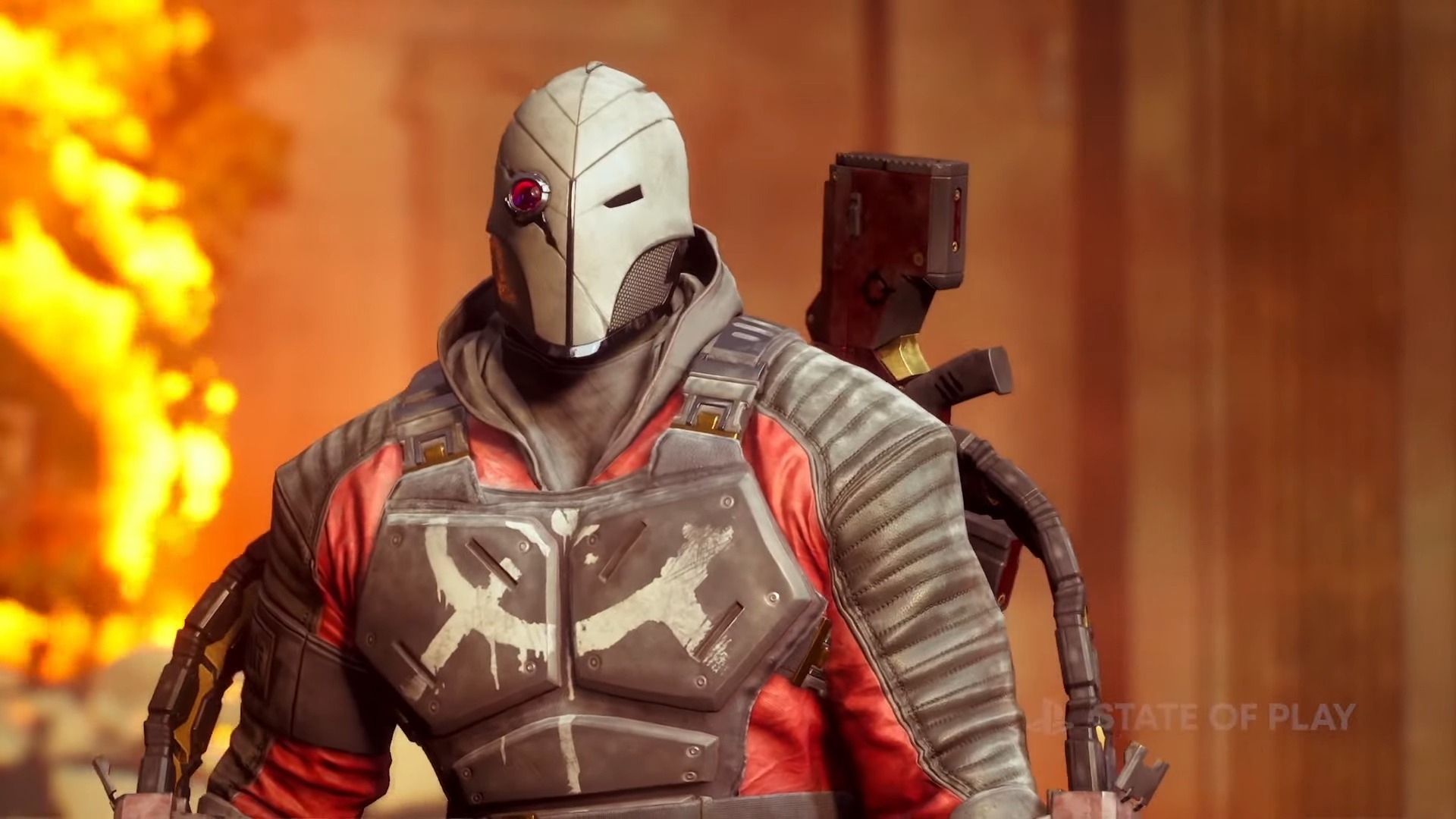
Suicide Squad: Kill the Justice League is getting a prequel comic series
Again, I don't want to make unfair comparisons between the likes of Marvel's Spider-Man 2 and Kill the Justice League – especially given the latter is still some months away from launch – and it is, arguably, similarly unjust to compare Rocksteady's latest against its back catalog. But the reality is, this is exactly what paying players will do. If it's a live-service shooter, Kill the Justice League will be held up against its genre counterparts. If it can indeed be played as a single-player game throughout, as per the devs' messaging to this point, then it will be judged against the competition; the latest of which is Marvel's Spider-Man 2. Narrative, combat mechanics, traversal, mission structure – all of these things can stand alone and be judged independently to a degree, but a spiritless setting probably cannot.
All of which isn't to say: I'm not put off by Suicide Squad: Kill the Justice League. In fact, I'm still as intrigued as ever. It was myself who penned both of GR+'s aforementioned Big In 2022 and 2023 entries for this game, and as a longstanding fan of Rocksteady's work – and indeed the wider pantheon of the superhero genre – I remain really keen to see how this one unfolds. My main concern at this stage is that this latest dev-led video series is clearly designed to primarily promote the Kill the Justice League, but also mitigate the uncertainty that was whipped up in the wake of last year's beleaguered State of Play showing.
As such, I'm not sure we're any closer to understanding what Suicide Squad: Kill the Justice League actually is. And while it's pretty late in the day for this level of uncertainty, it feels fitting that this last stretch could be as hectic as the action the game aims to deliver come February 2, 2024.
Check out 10 of the best superhero games saving the world right now







